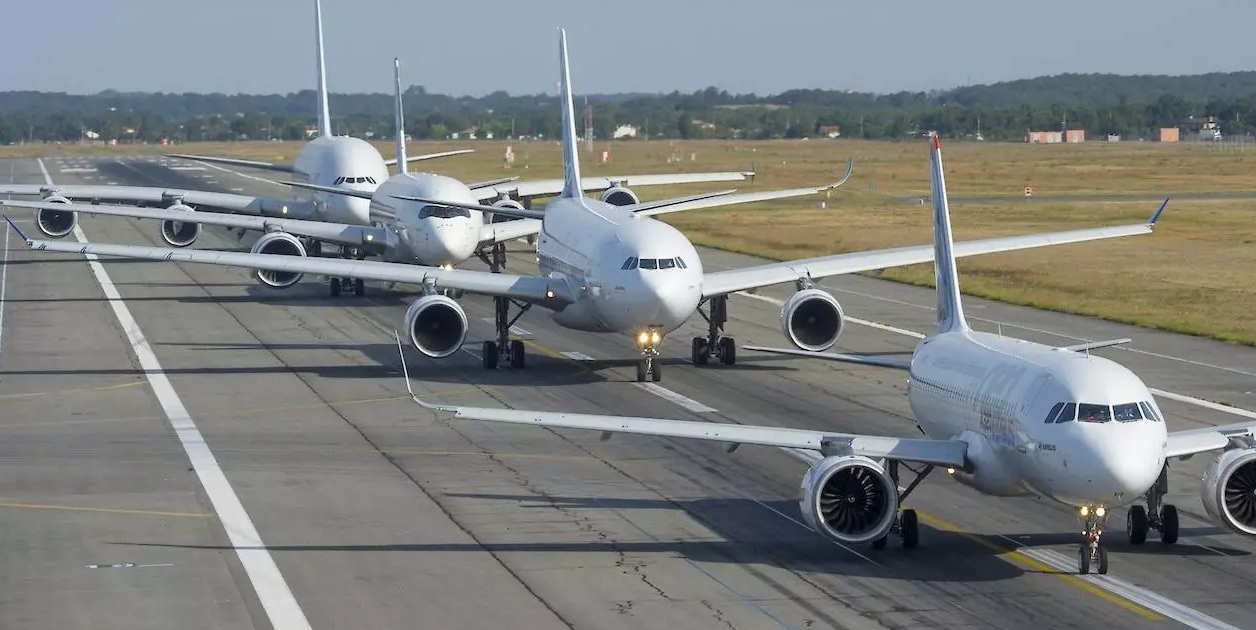Both Airbus and Boeing are reportedly preparing significant ramp-ups in the production of the next generation of workhorse jets, reaching approximately 100 units per month, as manufacturers explore the use of lighter plastic materials and embrace robotic assembly techniques.
Reuters has reported that the planemakers are just “years away” from launching projects to replace the 737 and A320 aircraft, which still remain in high demand globally.
Both manufacturers reportedly told a Paris composites fair that they were already making progress in researching what the succeeding generation of models could be made of - and in turn how fast they could be built.
"The goal is to recommend the best approach to transition...(to) the next airplane programme," Randy Wilkerson, who represents Boeing in a NASA research project for high-capacity manufacturing called HiCAM, told the JEC World conference in Paris.
The airplanes that future models would replace are built of aluminium under methods perfected over decades. But composites are being considered for their lighter weight and flowing shape. Already heavily used on larger jets like the 787 and A350, composites save fuel and emissions but currently need time-consuming handling in pressurised autoclave ovens.
Ongoing studies assume future production of 80 jets a month each for Airbus and Boeing: more than twice what Boeing is producing now.
However, sources told Reuters that both planemakers are telling the composites industry they want to go even further and be ready for speeds as high as 100 a month each, a blistering pace equivalent to one roughly 200-seat jet every few hours.
Officials stressed there was no immediate plan to launch a new plane, something that analysts have said might upset weary investors following supply chain crises and turmoil at Boeing.

